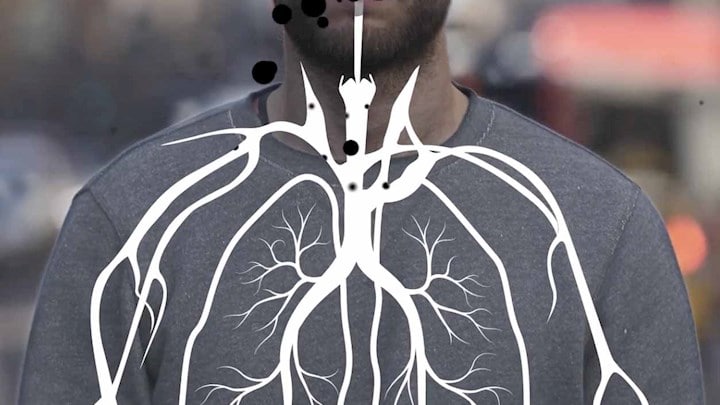A V-Cell type molecular filter with exchangeable panels with single header metal frame fitted with high cleanliness embedded adsorbents for removal of VOCs, acids and bases. Ideal for cleanroom make-up air units and air recirculation units with options for up to two different types of contaminant types.

To answer this question, let's look at the difference between a land based gas turbine and a jet engine.
Energy and Power Systems
For several years, Hornsgatan has been designated Sweden's dirtiest street when it comes to air pollution. Hornsgatan is an exposed street when it comes to harmful particles in the air. How does this affect residents?
Air quality Case studiesIf you are looking to expand your knowledge on the impact of air filtration on your gas turbines and other turbomachinery, look no more!
The test rig has been calibrated according to standards EN 779, ISO 16890 and ASHRAE 52.2 and was developed for air filter testing simulating the harsh climate conditions where gas turbines are often located.